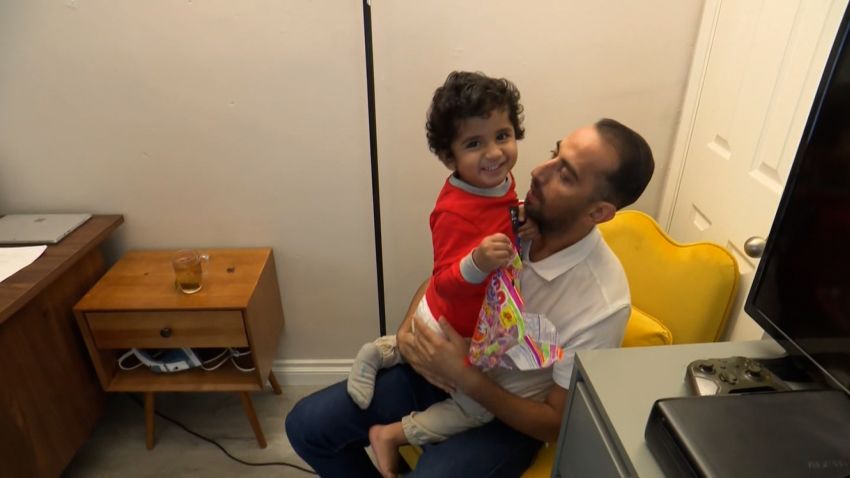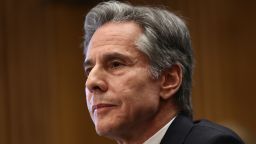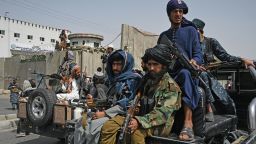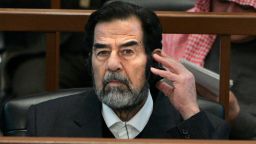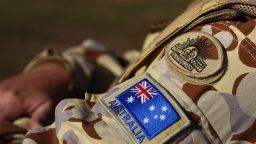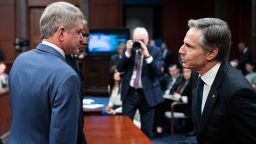Peter Bergen is CNN’s national security analyst, a vice president at New America and a professor of practice at Arizona State University. He is the author of “The Cost of Chaos: The Trump Administration and the World.” The views expressed in this commentary are his own. View more opinion on CNN. View more opinion on CNN.
On Wednesday, President Joe Biden is hosting a “Summit for Democracy” in Washington, DC. Obviously, the Taliban, the de facto government that rules Afghanistan today, won’t be attending this summit.

This makes the premise of the democracy summit ring somewhat hollow because while the Biden administration does an excellent job of trumpeting its commitments to democracy and women’s rights, only a year and a half ago, it cavalierly abandoned 40 million Afghans to the Taliban’s misogynistic theocracy.
As Afghanistan fell to the Taliban, President Biden said that Afghans didn’t fight to save their own country. Was this accurate? In fact, an estimated 66,000 Afghan soldiers and policemen died fighting the Taliban during the course of the war.
In August 2021, the last US soldiers left Afghanistan, ending America’s longest war. Their botched withdrawal was the final unhappy chapter of the two decades of the United States’ war in Afghanistan.
Will Americans learn anything from their mistakes and successes in Afghanistan? House Republicans, who are, of course, in the majority in the US Congress, are already holding hearings about the Taliban takeover of Afghanistan during the first year of the Biden administration.
Some House Republicans are even advocating for impeachment proceedings against Biden, partly because of the chaotic withdrawal from Afghanistan, during which 13 American service personnel were killed at Kabul Airport by an ISIS suicide bomber, and at least 170 Afghans also died in the attack.
Of course, any examination of the US record in Afghanistan is something of a double-edged sword for Republicans since it was the Trump administration that signed the agreement with the Taliban in 2020 that set the stage for the total US withdrawal from Afghanistan. And the House committee investigating the January 6th attack on Congress also uncovered evidence that then-President Donald Trump planned to order all US troops out of Afghanistan just days before he left office. However, that order wasn’t carried out.
In addition to the Congressional hearings already underway, there is also an independent, congressionally mandated bipartisan Afghanistan War commission that has been formed to examine the two decades of the conflict. The commission comprises 16 experts, who worked in the US government, media and think tanks focusing on Afghanistan or related subjects.
This commission is desperately needed as history suggests that as much as Americans might want to put Afghanistan in the rear-view mirror — just as they did with the Vietnam War — overseas wars will continue to be part of the American story in the future.
The establishment of the Afghan War commission is significant because there was never a comprehensive examination of the conduct of the Iraq War by the US government as there was in the United Kingdom with the British Chilcot Inquiry. That inquiry generated a massive 6,000-page report that examined every aspect of Britain’s role in the Iraq war. (The US Army history of the Iraq war published in 2019 is authoritative but was necessarily focused on the military history of the conflict.)
There are many useful policy lessons to be learned from the US project in Afghanistan and how this avoidable tragedy unfolded. Below are 31 questions that the Congressional hearings examining the Afghan conflict and the Afghan War commission might try to answer.
These questions are grouped into five thematic areas: the early decision-making in the years after the fall of the Taliban and how it impacted the conflict; the nature of the US military challenges in Afghanistan; the political issues that made Afghanistan a challenging country to govern; the background around the withdrawal deal that the Trump administration inked with the Taliban in 2020, which the Biden administration then followed through on, and how the final chaotic US withdrawal in the summer of 2021 then played out.
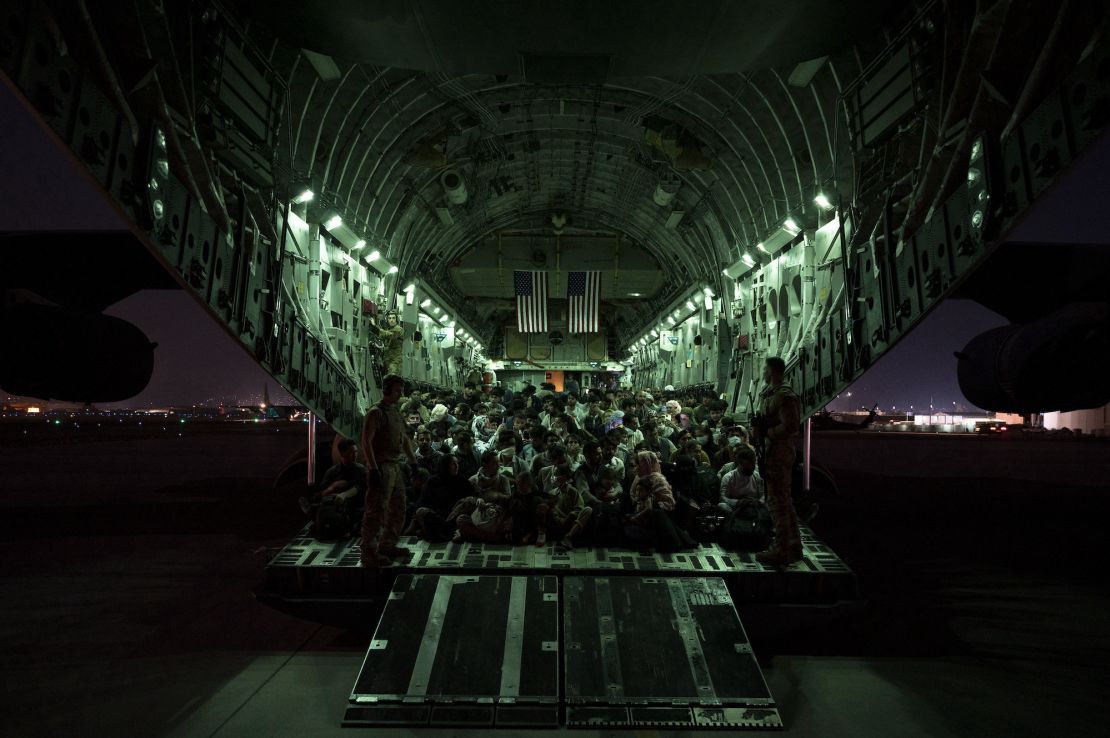
Early Years
1. Just months after the 9/11 attacks at the battle of Tora Bora in eastern Afghanistan in December 2001, the leaders of al Qaeda, Osama bin Laden and Ayman al-Zawahiri, were surrounded by Afghan fighters and a small number of US Special Forces and CIA personnel. How did the leaders of al Qaeda slip away to fight another day? And to what extent did this give the terrorist group another lease on life?
2. Did the December 2001 Bonn Agreement made between several anti-Taliban factions after the fall of the Taliban undermine the future Afghan government by imposing a centralized, top-down presidential structure on a country that has always been ruled in a decentralized manner?
3. Was there a moment in 2002 when a more just and lasting peace might have been reached with the Taliban when they were utterly defeated and some of their leaders were seeking a peace deal and possible integration into the Afghan political system?
4. To what extent did the 2003 Iraq War drain US military and intelligence resources and White House attention away from Afghanistan?
Military Challenges
5. What were the weaknesses of the Afghan army? And were some of those weaknesses, in part, the result of trying to mold that army into a US-style military?
6. Taliban leaders often lived in the safe haven of neighboring Pakistan, while the Taliban also recruited suicide bombers from Pakistani madrassas. Safe havens are often the key to success for insurgent groups, according to a 2001 RAND study of the issue. How important was the role of the Pakistani haven in the regrouping of the Taliban?
7. Pakistan has fought three major wars with India on its eastern border, so it has always wanted a pro-Pakistani Afghan government on its western border. Hence the Pakistani military doctrine known as “strategic depth,” which helps to explain Pakistan’s support for the Taliban. Given this fact, did the US ever have real policy options to reduce Pakistan’s support for the Taliban?
8. What were the sources of Taliban strength? Opposition to American and allied troops that were seen as “infidel” invaders? Anger at the corruption of the Afghan government and police? The Taliban’s control of the lucrative opium trade? Some combination of all of these?
9. Between 2016 and 2020, more than two thousand Afghan civilians were killed in US or Afghan airstrikes, according to one analysis of UN data. How important were Afghan civilian casualties in fueling support for the Taliban?
10. How successful was the CIA drone program against al-Qaeda in Pakistan? The drones certainly decimated the leadership of al Qaeda. Still, they also engendered great Pakistani resentment against the US, particularly when the drone program was at its height during the Obama administration. This complicated US efforts to ally with the Pakistanis to fight jihadist groups based in Pakistan.
11. During the first year of the Obama administration in 2009, why was there a shift to a much larger mission that involved surging tens of thousands more US troops into Afghanistan? And how critical was the success of the “surge” of US troops in Iraq in 2008 in affecting military advice to President Obama about what to do in Afghanistan?
Political Issues
12. Widespread corruption was corrosive to the legitimacy of the Afghan government. Was that the key failure on the Afghan government side?
13. Flawed presidential elections produced flawed Afghan governments. How culpable were Afghanistan’s leaders like presidents Hamid Karzai and Ashraf Ghani for what transpired in Afghanistan?
14. How damaging was the consistent US inconsistency about its Afghan policies during the two decades after 9/11, since most US diplomats and soldiers in Afghanistan served only one-year tours so they were typically reinventing the wheel on each rotation?
15. In all the discussion of the mistakes made in Afghanistan, sometimes it’s easy to lose sight of what went right in Afghanistan. In addition to the rise of independent media and the provision of education to girls and jobs for women, what else worked? Programs like the National Solidarity Programme, which offered small grants for public works to local communities in consultation with those communities?
The Withdrawal Agreement
16. Beginning with a speech by President Barack Obama in December 2009, the US started publicly announcing its plans to withdraw from Afghanistan. How important was the constant public discussion of the US withdrawals in undercutting the Afghan government?
17. How crucial was President Donald Trump’s also constant trumpeting of his planned withdrawal of US troops in undermining the Afghan government?
18. Why did Biden go through with the Trump agreement with the Taliban, even though the Taliban were observing almost none of the terms of the deal and his military advisers were warning that a total withdrawal would result in the collapse of the Afghan army and government?
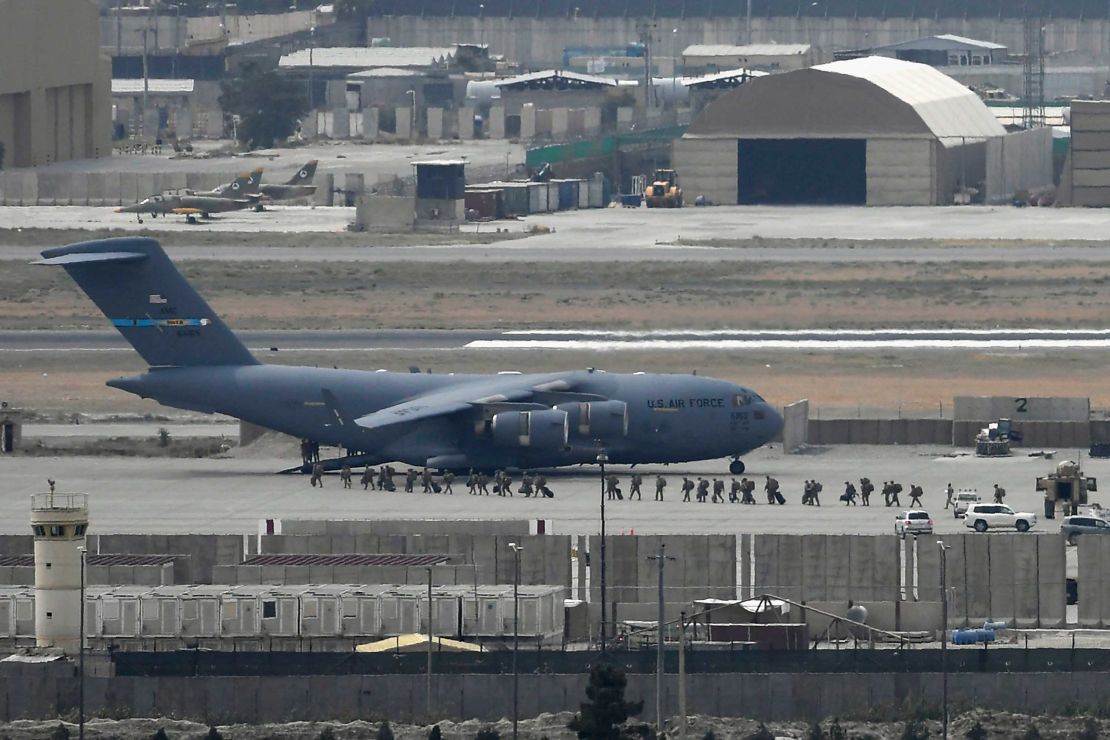
19. In May 2021, the chief American negotiator with the Taliban, Ambassador Zalmay Khalilzad, testified before a US congressional committee that anyone who thought that the Taliban would take over Afghanistan was “mistaken.” Khalilzad also asserted that the Taliban wanted normal relations with the rest of the world so that would positively affect their behavior. Why was he so wrong?
20. Did the Taliban win at the negotiating table from the Americans what they couldn’t win on the battlefield from them?
21. How vital was the exclusion of the elected Afghan government from the US-Taliban negotiations in undermining the government’s legitimacy?
22. In 2021, there were only 2,500 US troops in Afghanistan who were mostly serving as advisers to the Afghan military. Could there have been a politically sustainable policy for the U.S. to remain in Afghanistan? (The US has more than 25,000 troops today in South Korea, seven decades after the end of the Korean war.)
23. Might a US military policy of “go light, go long” have had the best chance of success in Afghanistan since it likely would have been more sustainable politically in the US and it would have reduced the visibility of the American military presence in Afghanistan?
24. To what extent did Biden’s experiences as vice president during the 2009 policy debates in the Obama administration about Afghanistan affect the outcome of Biden’s 2021 Afghanistan decision? In 2009 Biden was opposed to the Pentagon wanting to surge tens of thousands of US troops into Afghanistan, a debate that Biden lost. Did the scars from that debate help to inform Biden’s decision in 2021 to withdraw entirely from Afghanistan, despite the opposition of the Pentagon brass?
25. Did the Taliban ever really separate from al-Qaeda?
The Withdrawal
26. What were the key decision points during the withdrawal ordered by Biden – for instance, the closing of the massive Bagram Air Base near Kabul – and how did these decisions affect the calculus of the Afghan military and government?
27. Why did the Biden team reportedly ignore a “dissent” cable from State Department officials serving in Afghanistan in July 2021 that sounded the alarm about the deteriorating situation there? (The Republican head of the House Foreign Affairs Committee, Rep. Michael McCaul subpoenaed that cable on Tuesday.)
28. Why did the White House only convene its first high-level meeting on August 14, 2021, to discuss evacuation just hours before Kabul fell, according to a Congressional investigation by Senate Republicans?
29. How critical was President Ghani’s sudden departure from Afghanistan on August 15, 2021, to the collapse of the Afghan government?
30. Why were so many American allies left behind in Afghanistan? The Association of Wartime Allies, an advocacy group for Afghans who had worked for the US, estimated that only about 3% of the 81,000 Afghans who had worked for the US government and had applied for special visas, made it out of Afghanistan, leaving 78,000 behind.
31. Did the ignominious US withdrawal from Afghanistan affect Russian President Vladimir Putin’s decision to move an army to the Ukraine border three months later?
